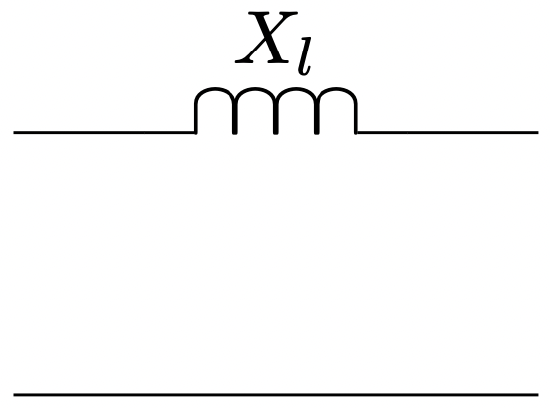4.5: Transformers
- Page ID
- 55579
Transformers provide some interesting features in setting up sequence networks. The first of these arises from the fact that wye-delta or delta-wye transformer connections produce phase shifts from primary to secondary. Depending on connection, this phase shift may be either plus or minus 30o from primary to secondary for positive sequence voltages and currents. It is straightforward to show that negative sequence shifts in the opposite direction from positive. Thus if the connection advances positive sequence across the transformer, it retards negative sequence. This does not turn out to affect the setting up of sequence networks, but does affect the re-construction of phase currents and voltages.
A second important feature of transformers arises because delta and ungrounded wye connections are open circuits to zero sequence at their terminals. A delta connected winding, on the other hand, will provide a short circuit to zero sequence currents induced from a wye connected winding. Thus the zero sequence network of a transformer may take one of several forms. Figures 7 through 9 show the zero sequence networks for various transformer connections.
 Figure 7: Zero Sequence Network: Wye-Wye Connection, Both Sides Grounded
Figure 7: Zero Sequence Network: Wye-Wye Connection, Both Sides Grounded Figure 8: Zero Sequence Network: Wye-Delta Connection, Wye Side (Left) Grounded
Figure 8: Zero Sequence Network: Wye-Delta Connection, Wye Side (Left) Grounded

